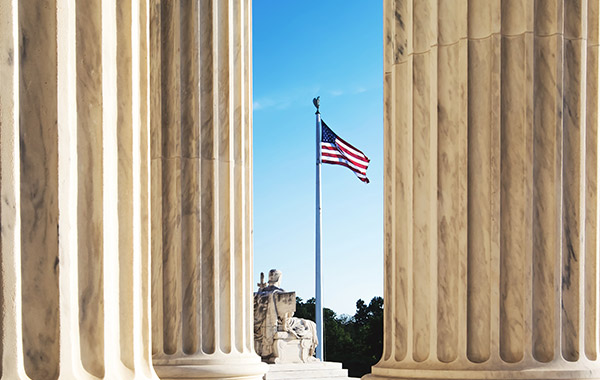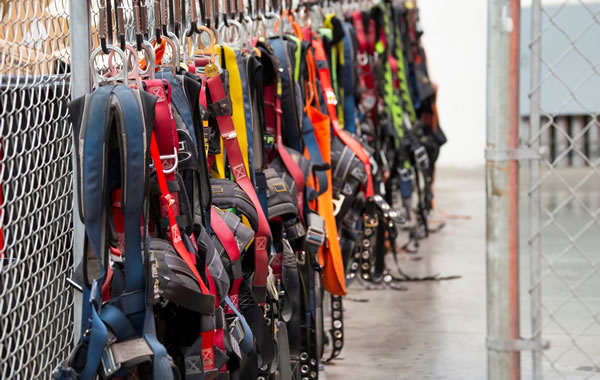Government Contracting Database
Differing Site Conditions – Type II
Type II Elements:
The Court of Federal Claims has also discussed the elements of a Type II differing site condition by analyzing several precedent cases and stated the following:
Randa/Madison defines Type II differing site conditions as unknown physical conditions at the site, of an unusual nature, which differ materially from those ordinarily encountered and generally recognized as inhering in work of the character provided for in the contract.
Randa/Madison Joint Venture III v. Dahlberg, 239 F.3d 1264 (Fed.Cir.2001) (quoting 48 C.F.R. § 52.236–2 (2000)). The Federal Circuit noted further that there are three elements required to prevail on a Type II differing site conditions claim:
the unknown physical condition must be one that could not be reasonably anticipated by the contractor from his study of the contract documents, his inspection of the site, and his general experience[,] if any, as a contractor in the area.
Id. (quoting Perini Corp. v. United States, 381 F.2d 403, 410 (Ct.Cl.1967)) (alteration in original).
This court has sometimes adopted a different three-element test for Type II differing site conditions claim. See, e.g., All Power, Inc. v. United States, 60 Fed.Cl. 679, 685 (2004) (“A Type II differing site condition depends on the existence of three elements—(1) the condition must be unknown to the contractor; (2) unusual; and (3) materially *457 different from comparable work.” (citing Kiewit Constr. Co. v. United States, 56 Fed.Cl. 414, 417 n.8 (2003))); Lathan Co. v. United States, 20 Cl.Ct. 122, 128 (1990) (“A Type II claim requires plaintiff to show three elements. First, the plaintiff must show that it did not know about the physical condition. Second, plaintiff must show that it could not have anticipated the condition from inspection or general experience. Third, plaintiff must show that the condition varied from the norm in similar contracting work.” (citing Perini, 381 F.2d at 410; S.T.G. Constr. Co. v. United States, 157 Ct.Cl. 409, 415, 1962 WL 9272 (1962))). For the court’s purposes here, the court adopts the three-element standard stated in Randa/Madison, but notes the utility of the other formulations employed by this court.
Extreme Coatings, Inc. v. United States, 109 Fed. Cl. 450, 456–57 (2013)
Updated: July 20, 2018
Looking for additional government contracting resources?
Search Our Database





























